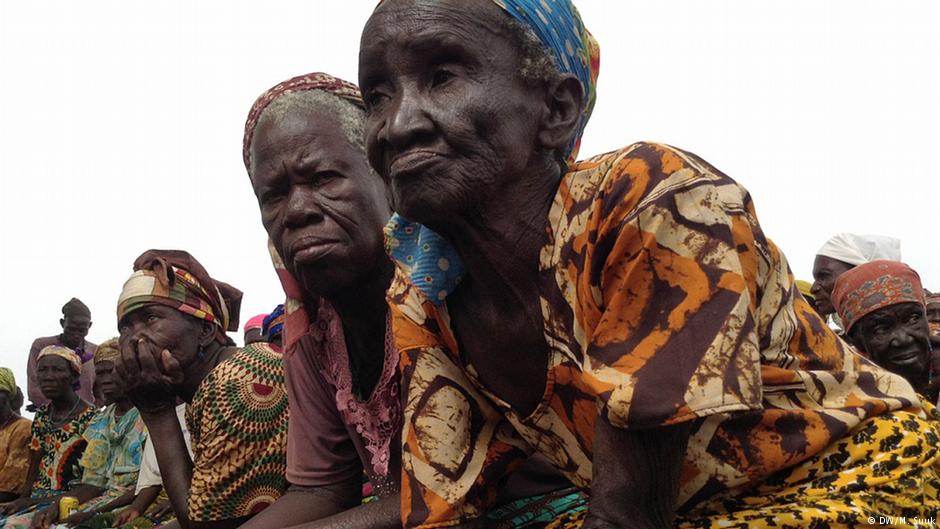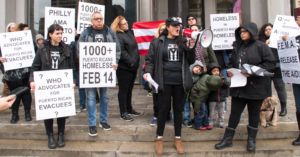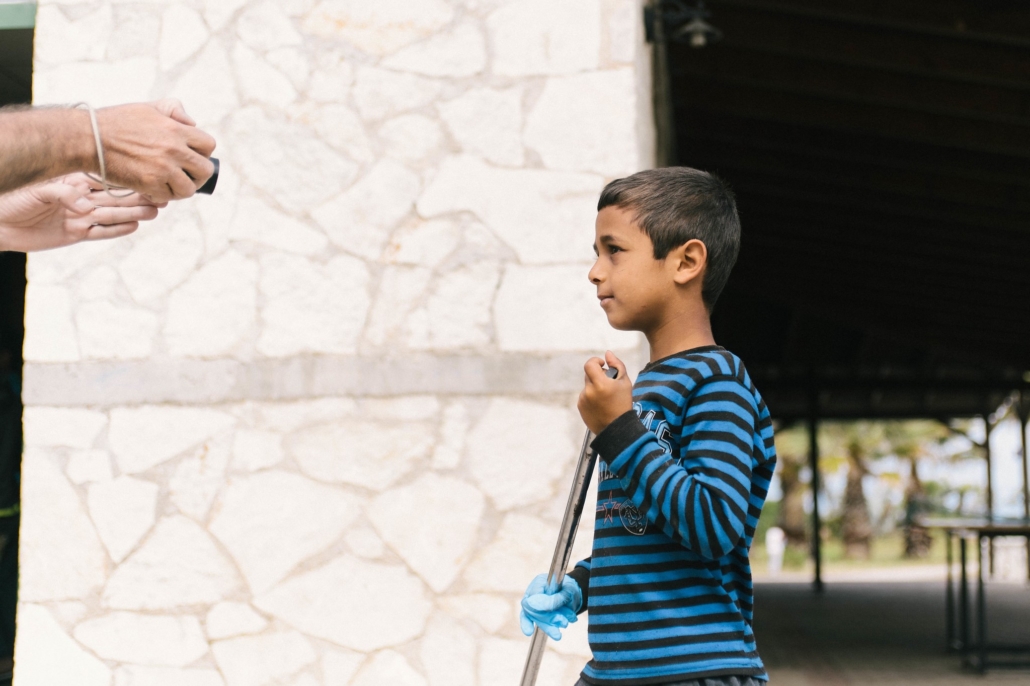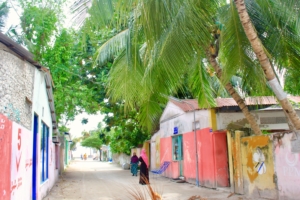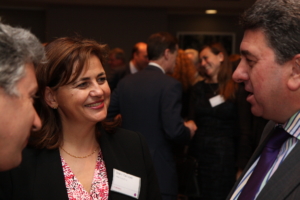 In 2012, Ashton Kutcher and Demi Moore founded Thorn: Digital Defenders of Children. Thorn is an organization that works globally to fight sex trafficking and the exploitation of children. A documentary on the sex slavery of children in Cambodia inspired Moore to create the organization. Thorn created technology to help identify victims of sexual abuse and protect children from online sexual abuse material. Since its foundation, Thorn has made a large impact in eliminating one of the most common and overlooked crimes in the world. Additionally, Thorn gained traction as a very well-known and respected organization. Below are eight accomplishments made by Thorn.
In 2012, Ashton Kutcher and Demi Moore founded Thorn: Digital Defenders of Children. Thorn is an organization that works globally to fight sex trafficking and the exploitation of children. A documentary on the sex slavery of children in Cambodia inspired Moore to create the organization. Thorn created technology to help identify victims of sexual abuse and protect children from online sexual abuse material. Since its foundation, Thorn has made a large impact in eliminating one of the most common and overlooked crimes in the world. Additionally, Thorn gained traction as a very well-known and respected organization. Below are eight accomplishments made by Thorn.
Top 8 Accomplishments Made by Thorn
- In 2017, Thorn created Spotlight. Spotlight is software that helps law enforcement save time by identifying predators and victims quicker. In addition, more than 1,200 law enforcement agencies across the United States and Canada use Spotlight. Spotlight has helped reduce critical search time for victims by 60 percent. To date, it has identified a total of 16,927 traffickers and 14,874 children.
- In February 2017, Ashton Kutcher gave a 15-minute testimony in front of the Senate Foreign Relations Committee on the importance of ending modern-day slavery around the globe. He told a story about when the Department of Homeland Security reached out to his team at Thorn. The Department of Homeland Security needed help to identify the perpetrator of a 7-year-old-girl being abused and watched on the dark web for three years.
- In addition to Spotlight, Thorn creates a Technology Task Force. This made up of more than 25 technology companies. Google, Facebook, Microsoft and so forth work together to create even more software to prevent the sexual exploitation of children. Thorn has partnered with a variety of organizations, ranging from government to non-profits. Some other notable partners include Amazon, Twitter, Flickr and Verizon.
- In 2018, Thorn surveyed 260 sex trafficking survivors in order to understand the needs of survivors. This survey was able to give insight on average ages of victims, how victims know their traffickers and advertising.
- In the 2018 Thorn impact report, it reported that Thorn assisted law enforcement in identifying more than 10,000 victims of child sex trafficking in 38 countries around the world.
- In 2018, Thorn educated more than 2,000 teens on Sextortion. Sextortion is a form of blackmail that uses sexual content. Since creating its Stop Sextortion campaign, Thorn has educated more than 3.5 million teens about online sexual extortion.
- In 2019, The Audacious Project by TED gave a $280 million grant to eight recipients, Thorn was one of them. Thorn is using grant to launch new software called Safer. Safer helps companies, especially image-hosting websites, identify and eliminate sexual abuse content on their platforms.
- With a combination of the software that Thorn has created, the organization is currently able to identify an average of 10 kids per day.
Being less than 10 years old, Thorn has accomplished many things is a short period of time. Though the organization has fewer than 40 employees, Thorn is still able to continuously create and evolve its technology. Thorn already benefits thousands of children worldwide. It will continue to fight child sexual exploitation and trafficking for years to come.
– Alyson Kaufman
Photo: Flickr
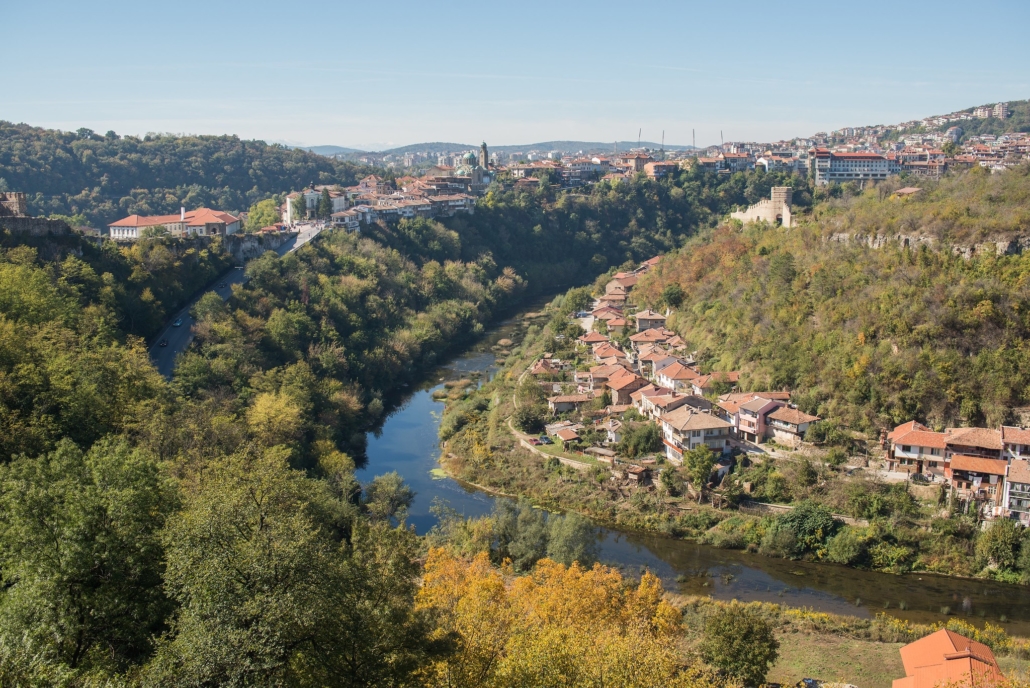
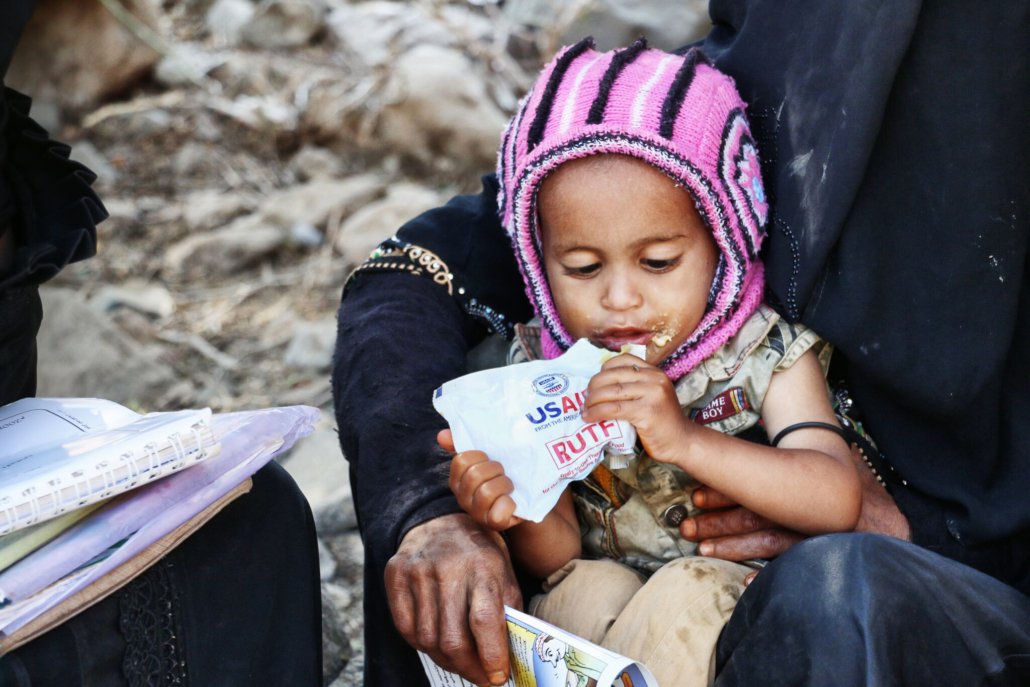
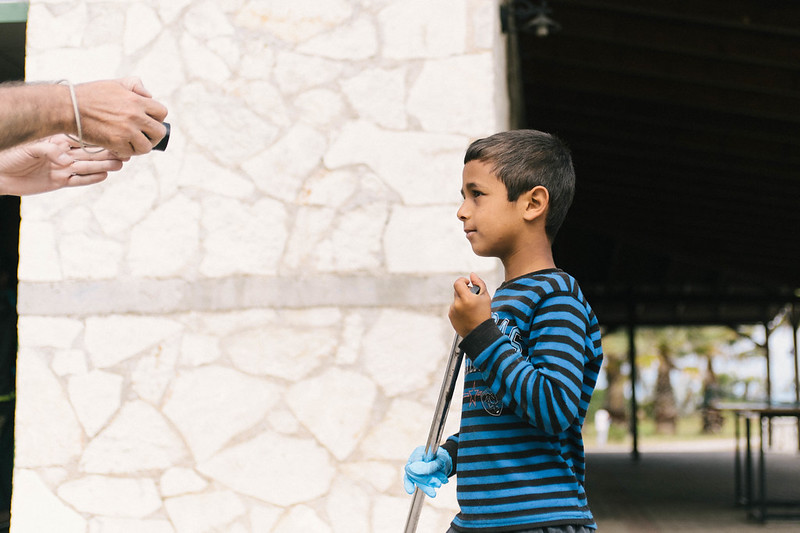 Though hepatitis is a prevalent virus in countries throughout the world, Greece, in particular, has been facing difficulties preventing its spread. Recent economic struggles have negatively impacted the Greek health care system, leading to a lack of vaccinations. However, Greece is slowly but surely resolving the issues their healthcare system has faced, working hard to eliminate hepatitis. Here are seven facts about hepatitis in Greece.
Though hepatitis is a prevalent virus in countries throughout the world, Greece, in particular, has been facing difficulties preventing its spread. Recent economic struggles have negatively impacted the Greek health care system, leading to a lack of vaccinations. However, Greece is slowly but surely resolving the issues their healthcare system has faced, working hard to eliminate hepatitis. Here are seven facts about hepatitis in Greece.